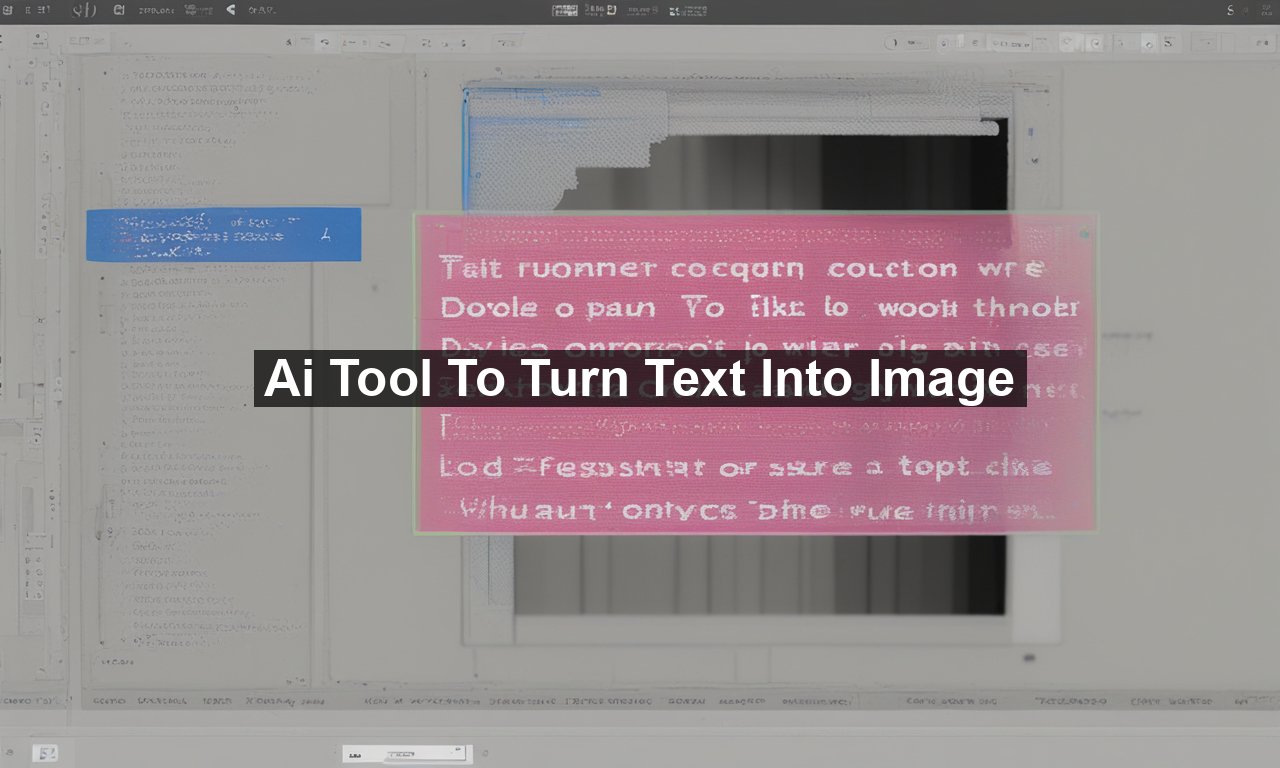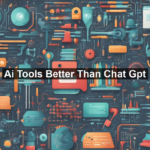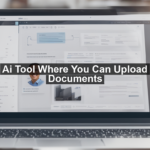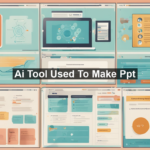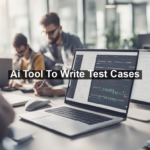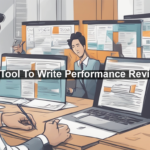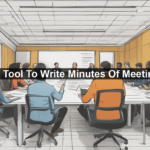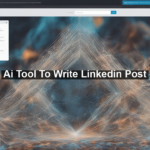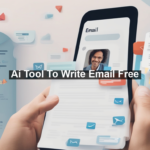In the digital age, where visual content reigns supreme, the ability to transform text into immersive images isn’t just revolutionary—it’s essential. If you’ve been yearning to breathe life into your words or yearning to integrate AI into your artistry, you’re about to embark on an enlightening journey. This article unveils the power of AI tools that convert text into mesmerising images, the mechanics behind it, and how this technology is reshaping industries, creativity, and even everyday tasks.
What is a Text-to-Image AI Tool?
Text-to-image AI tools are groundbreaking applications that leverage artificial intelligence to convert written descriptions into visual representations. But how exactly do they accomplish this seemingly magical task? At the heart of these innovations is a sophisticated type of neural network known as GANs, or Generative Adversarial Networks, which essentially pit two neural networks against each other to generate images that closely resemble real images based on textual input. This means you can input something like “a serene night under a full moon over a calm ocean” and receive a vivid depiction that resonates with your literary imagination.
Why Use AI for Generating Images from Text?
The benefits extend beyond transforming storytelling into a more interactive experience:
- Efficiency and Speed: Previously labor-intensive processes of designing or commissioning artwork can now be completed in minutes, allowing businesses, artists, and creatives to produce high-quality images swiftly.
- Cost-Effectiveness: Hiring professional graphic designers or purchasing stock images can be costly. AI tools provide an economically friendly alternative without compromising on quality.
- Boundless Creativity: Let your imagination run wild. These tools offer the flexibility to experiment with styles, themes, and concepts that may have been previously unattainable due to technical or budgetary constraints.
Key Features of a Great Text-to-Image AI Tool
Not all AI tools are created equal. Here’s what to look for to ensure you’re using a top-notch application:
- Accuracy: The tool should produce images that closely align with the input text, whether representing colors, textures, or objects.
- Variety of Styles: A robust tool offers multiple artistic styles, from photorealistic to abstract, allowing for versatile use across different projects.
- User-Friendly Interface: Look for tools that are intuitive and accessible to all, regardless of technical skill level.
How Can Industries Benefit from Text-to-Image Tools?
The application of these tools stretches across several industries, from media to marketing:
Marketing and Advertising
AI-generated images can be custom-tailored to match brand messaging more accurately, creating more personalized ad content. According to a study by Forbes, brands leveraging AI can create dynamic visuals that resonate more effectively with target audiences.
Entertainment and Media
For storytellers and film creators, AI tools can visualize scenes from scripts or narrative synopses, enhancing pre-visualization and pitching processes. This ensures that narratives are cohesively told and visually interpreted.
Education and E-Learning
Educators can utilize these tools to create bespoke visual aids that align with the lesson material, facilitating a more engaging learning experience. For further insight into technology in education, you can explore resources like those provided by Edutopia.
Are There Any Limitations?
Despite their benefits, these tools do come with limitations:
- The most significant limitation is the fidelity and originality of outputs. Sometimes, AI-generated images might miss the nuance or detail of a human touch.
- There are ethical considerations regarding the ownership of AI-generated content. It’s a rapidly evolving legal field, with implications for copyright and creative ownership.
- Another challenge is ensuring the technology is inclusive and doesn’t perpetuate biases—something developers are actively working to address.
Future of Text-to-Image AI
As with all technology, these tools are continuously evolving. We can anticipate more advanced models that understand complex instructions and generate hyper-realistic images. The potential for AI-generated images in virtual and augmented reality opens a new frontier for immersive experiences, blending the digital and physical realms seamlessly.
The future promises smarter algorithms that deliver wholistic integrations with daily apps and work tools, providing instant, context-aware visuals at our fingertips. For insights into future AI trends, the MIT Technology Review is a valuable resource.
In conclusion, AI tools for converting text to images provide an unprecedented frontier in creativity and efficiency, making them indispensable in modern content creation. Whether you’re a business seeking to revolutionize your marketing or an individual exploring new artistic pursuits, these tools offer a gateway to infinite possibilities. Welcome to the future of creativity!
